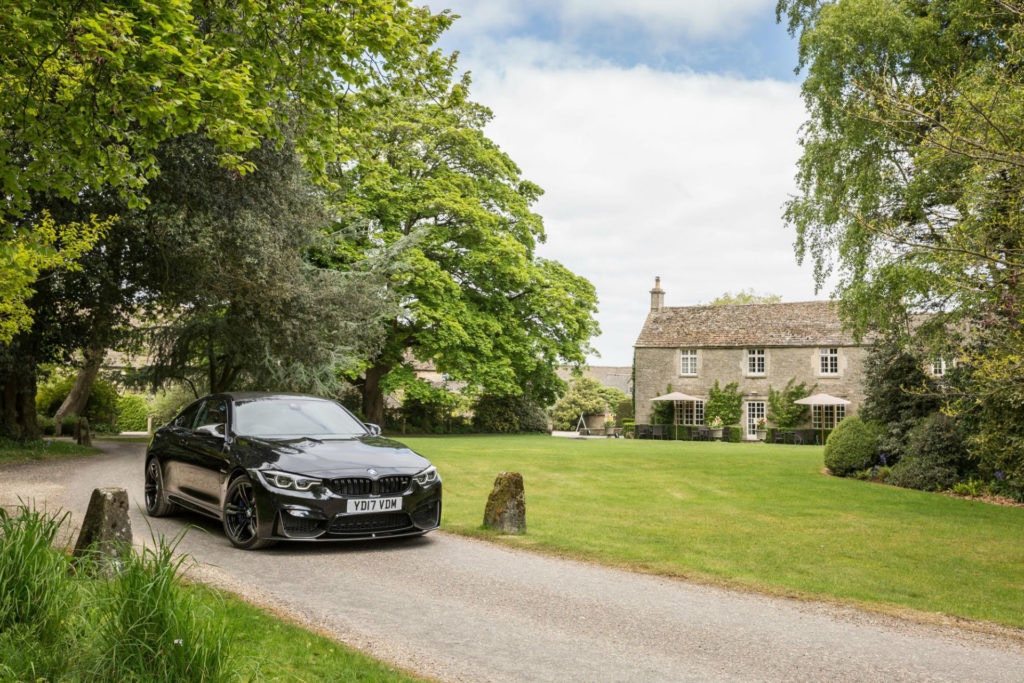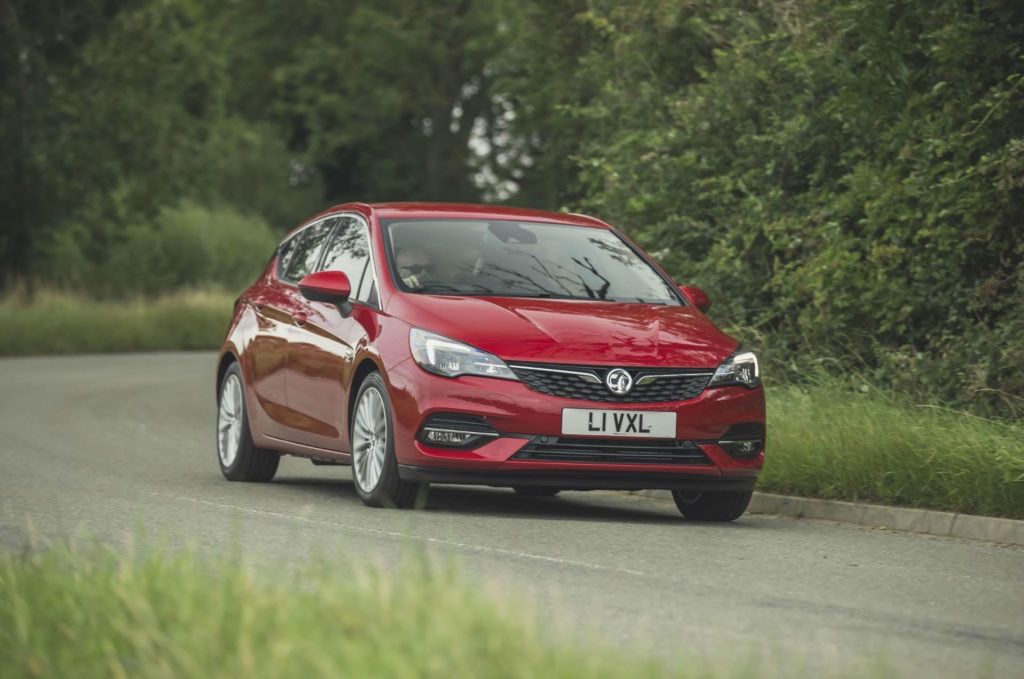What insurance group is my car? How to check your car insurance band
One of the most important things you should ask when going to buy a car is what insurance group it is in. This is because the group your car’s in will greatly affect how much insurance you pay for it. But how do you check your car’s insurance band?
We’ve created this guide to help you find out what insurance band your car sits in.

- What insurance group is my car in? How to find out.
- Car insurance group check tools
- How car insurance groups work
- How does the current insurance rating system work?
- Does a lower insurance group always equal lower costs?

In the past, it wouldn’t matter whether you were buying a Citroen, Fiat, BMW, SUV, or sports car, everyone talked about insurance groups.
In fact, if you went into a dealership and the salesperson didn’t know off the top of their head what insurance group any particular model was in, you’d probably think it was their first day on the job.
Insurance groups were as much of a talking point with cars as engine sizes, fuel consumption figures, zero to 60mph times, and how much a vehicle would be worth in the future.
What insurance group is my car in? How to find out.
In the past, you’d have had to ask your dealer, who might have had to look in a trade guide to find out for you.
These days, however, there are a number of websites offering search tools that will tell you exactly what group any particular vehicle falls into.
Car insurance group check tools:
- MoneySuperMarket car insurance group checker
- Parkers: car insurance groups, costs and advice
- CarInsuranceGroups.co.uk
- Comparethemarket car insurance group checker
You’ll need to know exactly which vehicle it is you’re looking for. Make sure the make/model/variant is correct as there can be vast differences between models in the same range.
For example, you might want to know what insurance group a BMW 4 Series falls into. A basic 420d model with a 2.0-litre diesel engine can be as low as group 29, but a 435d xDrive M Sport is a group 42, and an M4 is a group 50.
How car insurance groups work
Insurance groups were first introduced in the 1970s as an easy-to-understand way for people to get an idea of how big the premiums were likely to be for a specific vehicle.
Which insurance group a vehicle fell into was based on how expensive it would be to repair or replace, as well as the likelihood of that vehicle being involved in an accident due to its power and performance.

Until 2009, there were just 20 insurance groups, where group 1 was the cheapest to insure and group 20 was the most expensive. It’s not as straightforward as that anymore.
Since 2009, there have been no less than 50 different vehicle insurance groups.
It’s hard to argue with the way vehicles are rated these days though, and that’s because insurance groups are decided by the Group Rating Panel, which is an adjudicating body administered by Thatcham Research, and has members that include the likes of the Association of British Insurers (ABI) and Lloyds Market Association (LMA).
How does the current insurance rating system work?
As with the old insurance group system, the higher the number, the larger the premiums are likely to be. Although the official ratings are based on strong authority, insurers can actually choose whether to go by the official rating or to use their own groupings.
This could seem a little dubious to some, especially those of us who are liable to be paying particularly high premiums, but it does allow specialist insurers to appeal to a particular type of driver or owner without being shackled to a one-size-fits-all system.
So, how on earth do you find out what insurance group any particular vehicle falls into?
The good news is that despite insurance groups not being as big a talking point as they once were, it’s actually easier to find out what groups a car is in today than it’s ever been.

Does a lower insurance group always equal lower costs?
Though a lower insurance group means your insurance premium will be cheaper than it would be for a model in a higher group, the premium you’ll be offered will be based on much more than just the vehicle’s insurance group.
The driver’s age, occupation, gender, address, and driving history will all be taken into consideration, so don’t fall into the trap of assuming your insurance will be cheap just because the car you’re looking at is in a low insurance group.

At least if you check out what insurance group a car is in before you start to consider it further, you could save wasting your time dreaming of owning something you won’t be able to afford to insure when it comes down to it.

Ready to sell?
Need to sell your car, or want to understand more about documentation or maintenance? Check out more of our guides here, covering everything from the paperwork you need when buying and selling, to various notices you may need to file with the UK’s driver and vehicle licensing agency.
The information provided on this page is for general informational purposes only and should not be considered as professional advice.